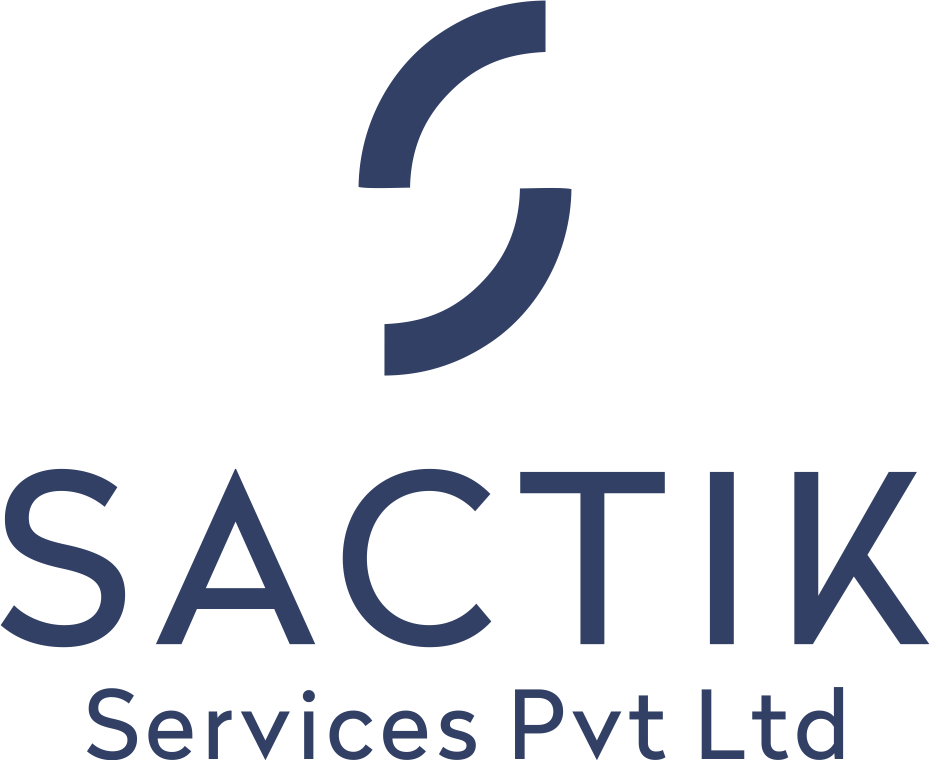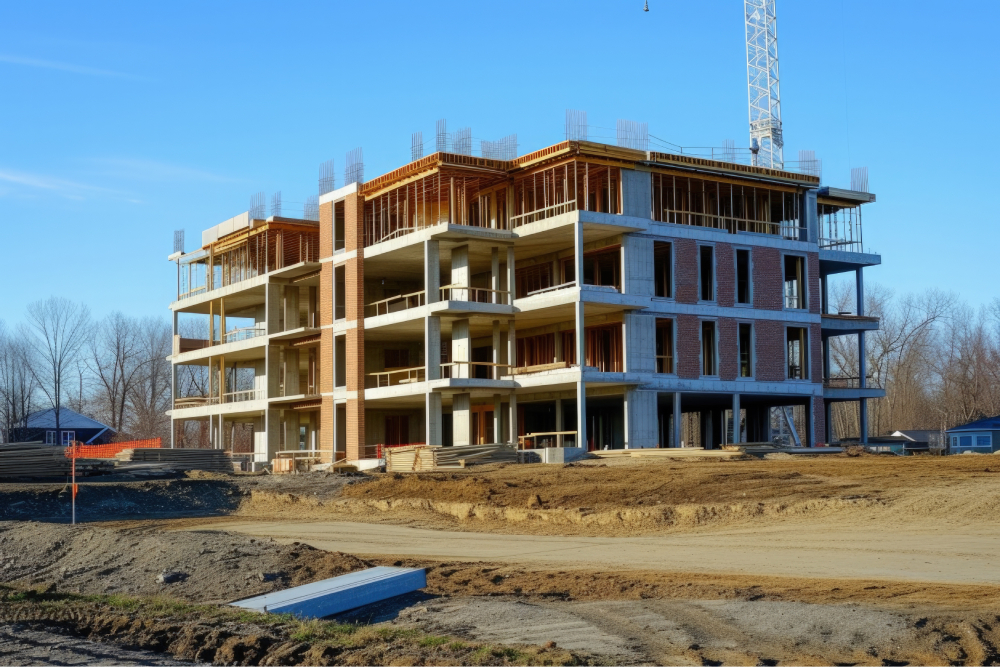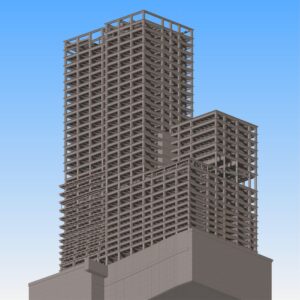In the past, government agencies have been slower to adopt Building Information Modeling aka BIM services compared to private sector companies involved in construction. The global BIM market, valued at $7.9 billion in 2023, is projected to reach $15.0 billion by 2028, reflecting a significant growth trend (CAGR of 13.7%). This surge in BIM adoption within the public sector is evident in various government projects, such as schools, hospitals, transportation infrastructure, and other public buildings. This blog explores seven major ways BIM is transforming government construction projects, detailing the specific benefits and improvements this technology brings to various aspects of these undertakings. From enhanced collaboration and clash detection to improved cost management and facility management, BIM is streamlining government construction and delivering significant advantages.
Here’s a detailed overview of how BIM Services benefit government projects:
1. Streamlined Workflows for Transportation Projects
Traditionally, infrastructure projects like bridges and roads involve collaboration between various government departments (DOTs) and external contractors. This leads to complex workflows and manual efforts when combining design information from different parties.
BIM simplifies this process by creating a central model of the road or bridge. This model can be easily shared across teams and integrates survey data without any conversion hassles. Additionally, any changes made to one aspect of the design, like the bridge structure, automatically update connected elements like road elevations, minimizing errors and rework.
2. Enhanced Flood Simulation and Mitigation
The increasing frequency of extreme weather events puts a strain on infrastructure and budgets, especially regarding flood repairs. BIM offers valuable tools for flood analysis and simulation. These tools help engineers predict the impact of flooding on critical infrastructure, allowing for proactive measures.
BIM also supports flood prevention projects such as river course corrections. It facilitates the modeling, coordination, and planning of complex projects with numerous moving parts. This centralized 3D design allows engineers to clash-detect potential problems before construction begins.
3. Centralized Data Management for Facilities Management
The US government holds a vast amount of real estate, requiring efficient maintenance tracking. BIM allows government agencies to create a secure, centralized data repository for all their facilities. This data includes details like space inventory, occupancy information, and equipment housed within each building. With this centralized system, facilities managers can schedule maintenance more effectively, plan space consolidations, and optimize energy usage.
4. Improved Handover from Construction to Facilities Management
While BIM services offers significant benefits for facilities management, a gap exists between design and maintenance phases. When we talk about handover information from construction teams using BIM might be provided in formats like CAD drawings or PDFs. This leads to wasted time for facilities managers who need to re-enter existing data from the BIM model. BIM standardization can address this challenge by ensuring consistent file formats, facilitating seamless data transfer between construction and facilities management teams.
5. Cost Savings in Utilities Infrastructure
Government spending on new transportation infrastructure, including road construction, is projected to rise significantly. Utility infrastructure also contributes significantly to construction budgets BIM can help control costs and reduce construction waste (often exceeding 30%) in both new and existing utility projects. By integrating BIM principles throughout the infrastructure lifecycle, from updates to new construction, governments can achieve better cost control and minimize waste.
6. Improved Collaboration and Communication
Government projects often involve collaboration between various agencies, departments, and stakeholders. Traditional methods can lead to communication silos and information gaps. BIM fosters a collaborative environment by creating a single source of truth for the entire project. This shared model allows all stakeholders to access and contribute relevant information in real-time, minimizing misunderstandings and delays. Additionally, BIM facilitates communication by enabling visual representations of complex designs. This can be particularly helpful during public consultations or presentations, where 3D models provide a clearer understanding of the project compared to traditional 2D drawings.
7. Enhanced Project Decision-Making
Government projects require careful planning and informed decision-making throughout the lifecycle. BIM services provide valuable data and insights that can significantly improve decision-making. The 3D model allows for detailed analysis of various design options, enabling stakeholders to assess potential impacts on factors like cost, schedule, sustainability, and functionality. BIM also facilitates clash detection, identifying potential conflicts between different building elements before construction begins. This allows for early course correction, minimizing costly rework and delays later on. By providing a centralized platform for data analysis and visualization, BIM empowers government agencies to make informed decisions that optimize project outcomes and resource allocation.
Why choose BIM Services India for your next BIM infrastructure project?
We offer a comprehensive range of BIM services specifically tailored to various infrastructure project needs, such as:
1. Transportation Infrastructure using BIM (DoT)
Our data-rich BIM models are suitable for a variety of transportation projects, including roads, highways, wastewater systems, metros, electrical grids, and gas pipelines. These models enable seamless data exchange, facilitating informed decisions on lane configurations, site grading, and overall project quality by minimizing errors and boosting productivity.
2. Bridge Information Modeling (BrIM)
BrIM involves creating a 3D model that digitally represents a bridge’s physical and functional characteristics. This approach enhances design quality and on-site construction by providing precise information, consistent fabrication drawings for off-site manufacturing, and fostering collaboration across various disciplines involved in the project.
3. BIM for Offshore Structures
We possess the expertise to effectively model offshore facilities like floating platforms, cofferdams, pipelay supports, breakwaters, and offshore rigs. Our BIM services for offshore construction empower real-time design visualization, generation of accurate material take-offs and construction sequencing plans, and optimization of steel production and maintenance processes.
4. BIM for Land or Site Modeling
We are adept at utilizing point cloud data obtained through laser scanning of topographical sites to create highly accurate 3D BIM models. Our extensive experience of over 16 years in land/site modeling encompasses projects like parking areas, retaining walls, street lighting, and landscaping.
7. BIM for Civic Structures
Modern civic structures are often complex facilities housing elements like car parks, swimming pools, shopping centers, and food courts. Our multi-disciplinary team possesses the capability to create precise models encompassing architectural, structural, and MEP (Mechanical, Electrical, and Plumbing) components for various civic structures such as malls, athletic fields, stadiums, and concert halls.
8. Tunnel Information Modeling (TIM)
Tunnel construction is a multifaceted undertaking that demands expertise in engineering various elements and handling complex geometries. Our BIM solutions specifically designed for tunnel modeling deliver a comprehensive and holistic design that incorporates all processes and individual systems involved in both tunnel construction and maintenance.
Wrapping it up…
In conclusion, BIM adoption in government construction projects is rapidly increasing due to the numerous advantages it offers. From streamlined workflows and improved collaboration to enhanced decision-making and cost savings, BIM is transforming the way government agencies design, construct, and manage their infrastructure and buildings. If you are looking to leverage BIM for your next government infrastructure project, Tesla Outsourcing Services provides a comprehensive range of BIM services to meet your specific needs. Contact us today to learn more about how BIM can benefit your next project.










